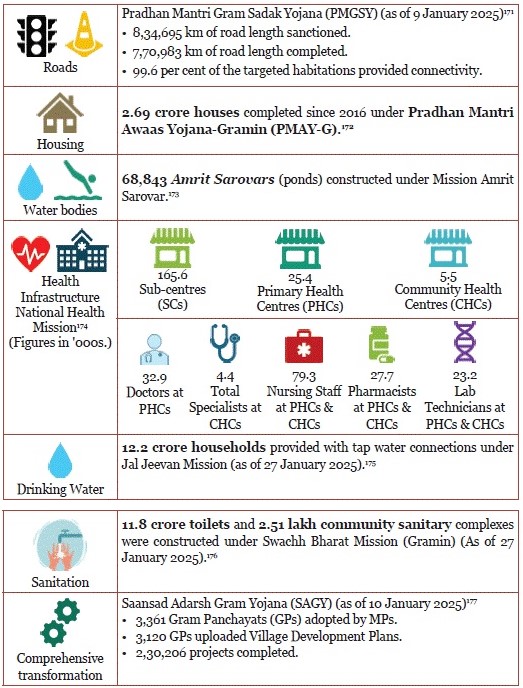7667766266
enquiry@shankarias.in
Mains: GS II - Issues Relating to Development and Management of Social Sector/Services relating to Health, Education, Human Resources
Recently, Data shows that India has been witnessing a decline in budget allocation for essential social sectors.
Self-employment is perceived as dynamic and capable of generating further employment in the context of such rural policies.

